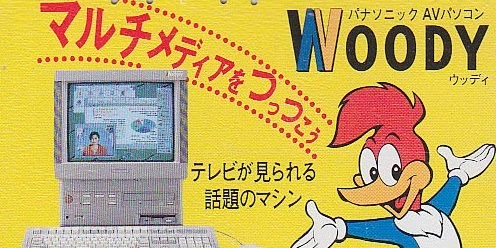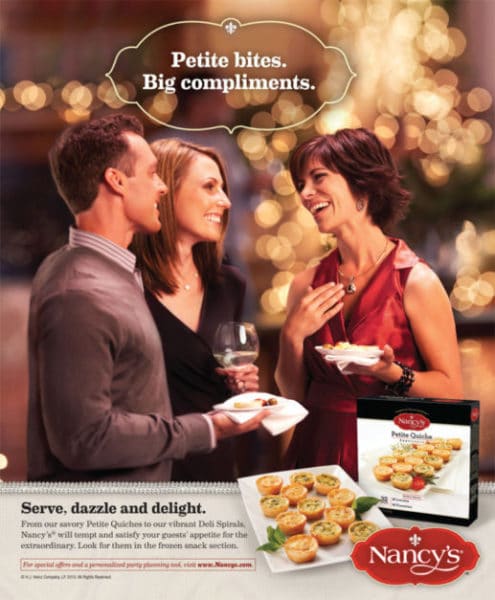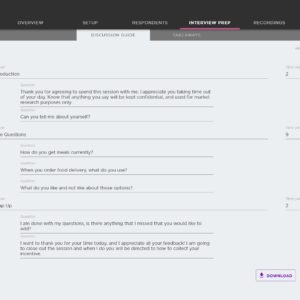Businesses try as much as possible to keep brands, model names and slogans consistent across international markets as much as possible for obvious reasons. Sometimes companies catch poor meanings in local languages and dialects before launch, by reaching out to regional offices, and by contacting a few people they personally or professionally know. However as we’re about to see, this doesn’t cut it. Brand blunders are a favorite on news sites, business blogs and marketing textbooks. In this article we’ll look at 10 examples, and how you can avoid them.
10 Avoidable Brand Blunders
- Sportswear company Umbro released the “Zyklon” shoe in 1999. Zyklon B was of course the name of the poison gas used in Nazi death camps. While not printed on the shoe itself, the name, chosen by the designer was on boxes. Umbro quickly renamed the product, but not before the media caught on, and statements from human rights organisations like Simon Wiesenthal Centre were issued in response to this “outrageous misuse of the Holocaust is an insult to its victims and survivors”.
- When Ikea launched in Thailand in 2011 they had to change a couple product names, as their “Redalen” bed, named after the Norwegian town, in Thai resembles a euphemism for sex. Similarly, the “Jättebra” pot plant is also a Thai slang term for sex.
- The Ford “Pinto” initially failed in the Brazillian market. “Pinto” is Brazillian slang for “male genitals”. It was quickly renamed “Corcel”, meaning “horse” or “steed”.
- In 1996, Japanese corporation Panasonic launched a touch screen computer with the aid of American cartoon character Woody Woodpecker. In addition to licensing the character, they named the PC “The Woody” and used the slogan “Touch Woody — The Internet Pecker”. Stories vary, but apparently this was caught with just days to spare before launch, at great expense.

The Panasonic touch-screen Woody PC, which almost launched with the slogan “Touch Woody”.
- The Honda Fit/Jazz almost launched launched as the “Fitta” internationally before feedback from multiple markets revealed that in Sweden and Norway “Fitta” is a vulgar term for female genitalia.
- In 2003, GM caught with just a year to spare that the new Buick “LaCrosse” means “masturbator” in Quebec. They decided to keep the name anyway.
- Tata’s “Zica” car model, announced in 2015, had to be changed to the “Tiago” due to the outbreak of the Zika virus.
- Nancy’s, an American frozen food brand tried to capitalize on French words sounding fancy to English speaking markets. (A concept known as “language fetishization”). They promoted their mini quiche party appetisers with the slogan “Petite bites. Big Compliments”. The problem? “Petit bite” is French for “little dick”.

Nancy’s print ad with the slogan that includes “Petite bites”, which is French for “little dick”.
- In the 1960s, UK car manufacturer Rolls-Royce almost released the “Silver Mist” in Central Europe, but switched it to “Silver Shadow” as “mist” means “excrement” in German.
- FALSE: This one frequently does the rounds, but we have to debunk it. Content outlets and marketing textbooks (including the ones I used) love to tell the story of the Chevrolet Nova. The story foes that the name “Nova” is close to “no va”, which means to “Doesn’t Go” in Spanish. Supposedly, the poor name was the reason why the product flopped in Central and South America. That is, until they changed the name. While a good story, this is not true. The Chevrolet Nova not only sold well, and is still being sold under that name. “Nova” ≠ “no va”. Snopes rightly points out how that would be equivalent to a desk brand named “Notable” might fail because English speakers would think it means “No Table”. In fact, there are many other successful brands named “Nova” in the Hispanosphere, including a former leaded petrol brand owned by the Mexican government.
How Do I Vet a New Brand Name?
Dictionaries and thesauruses will not cut it
Your family’s Scrabble dictionary might suffice for settling one type of argument, but printed and digital tomes, while a good for an initial check, should not be your final port of call for checking your next brand name. Words must meet multiple criteria before being added to dictionaries. Lexicographers balance how long and widespread a word has been in use, as Merriam-Webster explain in their three part blog on How a Word Gets Into the Dictionary, Slang and The Internet. The Oxford English Dictionary have their own process for adding words, as does dictionary.com and every other authority, though standards may vary.
Authoritative sources like dictionaries and style guides, organizations like the American Dialect Society, academic journals, and articles by respected linguists and lexicographers like Ben Zimmer face the exact same problem. They will never be on the cutting edge of daily spoken usage, nor capture regional words.
To their credit, Oxford put effort into capturing the spoken word by looking at captions for comic strips, which have lots of words that are more frequently spoken than written. In the English speaking world, the closest we have to a slang dictionary is the crowdsourced urbandictionary.com, however, this is not your Wikipedia (or Wikitionary). UD’s standards are extremely low, and it should be considered as useful in a pinch, especially if the word is vulgar, but never relied on.
As we’ve seen in our list of language blunders above, language differs both demographically and geographically within a language and even country. The only way to truly be confident is by running market research in those markets, and speaking to those people.
Market Research Is The Only Way
Whether you hire a specialist nomenclature consultant or not, the process is the same. The only way you can avoid scandal and expensive renaming with confidence is to conduct in-depth, qualitative market research. While there’s an art and science to this specialist type of research, your recruiting and sampling is the most important part.
Who do you think speaks the most recent version of your language?
Ask yourself, are they male or female? As The Atlantic explains, “Women have long tended to be the linguistic innovators.”
Are they rural or urban? Are they young or old?
Linguists know that as a general rule, it is the younger, urban, female language speakers who are on the cutting edge, speaking the newest language that will be incorporated into the language.
Who do you think speaks the older version of the language and serve as archivists of the language? Non-mobile, older, rural, men, or “NORM”s for short are the treasure troves linguists use to study where a language has been.
In recruiting your sample for your market research, be sure to capture not just across a geographically diverse area to capture dialects and colloquialisms, but also across class, age, gender and rural/urban spectrums.
Yes, There is Technique to Questioning People
As experienced market researchers, we know that there is a technique to asking questions in any qualitative interview. In qualitative market research, we call this “laddering”, and helps us to tease out useful insights, without influencing users. Our expert moderators can assist with question design, which are then loaded into our platform, and used by moderators to stay on track during the interview.
When it comes to delicate subjects, you want a skilled, nurturing moderator to coax potentially embarrassing information from people. As we can see above above, many connotations are sexual in nature, and not everyone will share their honest thoughts unless they feel they’re in a comfortable, no-shame environment. A skilled moderator knows how to foster such an atmosphere, which will get you better insights.
And who knows? If you do find a new word not in the dictionary, you can go ahead and submit it to the Oxford English Dictionary. If you don’t do the research, there’s the risk your brand blunder or scandal is featured on news sites, textbooks and articles like this for years to come.
Three Key Takeaways
- Even big corporations make dire mistakes when naming new products and brands. This can be avoided by market research.
- Recruiting should not just scale dialects across geographic regions, but should also span gender, age, class and most importantly, the rural/urban divide.
- A skilled moderator will be better at coaxing potentially embarrassing information via proper “laddering” questioning technique, and by fostering a comfortable, no-shame atmosphere.
Book Your Research Now
Discuss.io is the only digital market research platform and company built for conducting global research, at scale. We are the only enterprise-grade digital market research platform that operates in 20 languages in over 85 countries. Whether you’d like to do it yourself, or if you’d like us to handle the recruiting, question design, moderation, translation and transcription, book a demo, and let us know that you’d like help with your next brand name.
————————————–
Is there really a detergent brand called “Barf”? Was a vulgar slogan to blame when Coke’s Dasani water brand failed in the UK? For the expanded, full list or marketing language blunders, see the following articles on goodbadmarketing.com: Marketing Language Blunders, More Marketing Language Blunders, Famous Marketing Language Blunders Debunked.
About the Author:
David Frank is the marketing Manager at Discuss.io, and has seen more than his fair share of language blunders. Originally hailing from Western Australia, he has also lived in Tokyo, Japan; Hanoi, Vietnam; Edinburgh, Scotland; and is currently based in Seattle, USA. He has a Master’s of Science in Marketing from Edinburgh Napier University in the UK, and in his spare time writes about marketing at goodbadmarketing.com, gives talks for the general public on marketing, and grows a lot of his own food. You can learn more about him at thedavidfrank.com.




